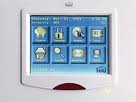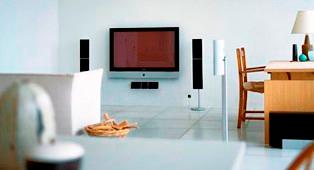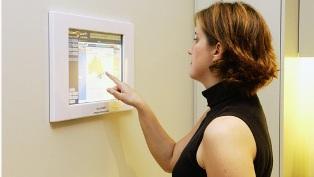Smart home
 Today there is no strict definition of the term "smart home" or "smart building". Until now, each user independently determines the main functions and engineering systems in the apartment and house, on which these functions can be implemented by adding control intelligence. And each such system increases the level of intelligence of the building, providing a new level of safety, functionality and comfort. The main role in the implementation of these projects belongs to companies that design and install a smart home system, with the joint participation of the owner or owner of the said building.
Today there is no strict definition of the term "smart home" or "smart building". Until now, each user independently determines the main functions and engineering systems in the apartment and house, on which these functions can be implemented by adding control intelligence. And each such system increases the level of intelligence of the building, providing a new level of safety, functionality and comfort. The main role in the implementation of these projects belongs to companies that design and install a smart home system, with the joint participation of the owner or owner of the said building.

The smart home system includes, but is not limited to, the following functions: Remote control of the work of the engineering systems of the house - heating, electricity, gas service, water supply and sewage, security system. As well as a remote control system.Signals and communications: for example, the user can, by calling the number of a smart home system, receive information (verbally or via SMS) about the state of electricity consumption, heating), about the connected users (for example, iron, TV, lighting, gas consumption) and the operation of other systems).
Two-way communication and management through communication systems of the main performance indicators of engineering systems.
Automatic information to the user about an emergency, with recommendations to remedy the situation and with automatic use of some functions to eliminate emergency situations by sending commands via SMS or using the phone number.
Here's an example: You and your wife left the house and went to the airport, and after 30 minutes your wife says, "I don't remember if I turned off the iron after ironing." Your actions -1!) Urgent, if time permits, turn back. And with the smart home system, you just dial the number and the machine says: Gas is off, energy consumption: the fridge is on in the kitchen and in the sauna. The other electricity consumers are disconnected. » That's it, problem solved.

